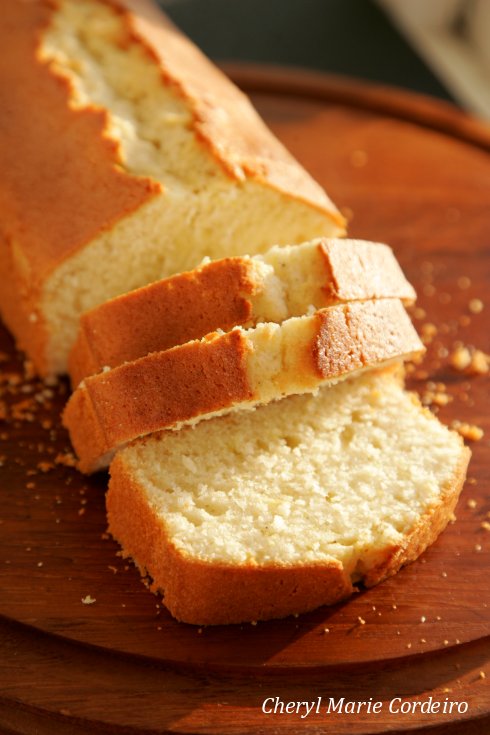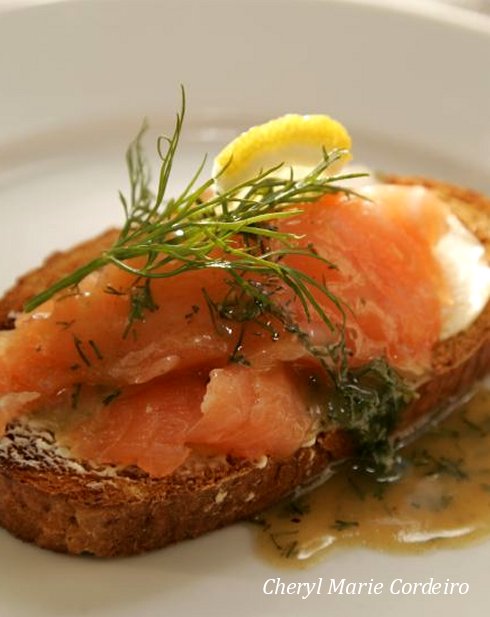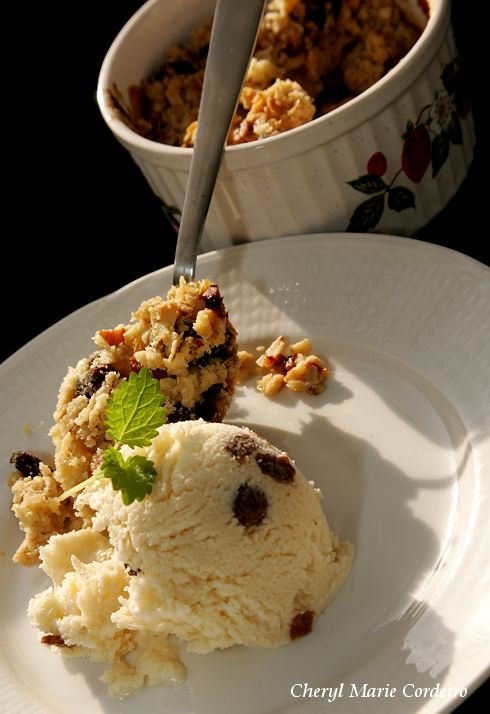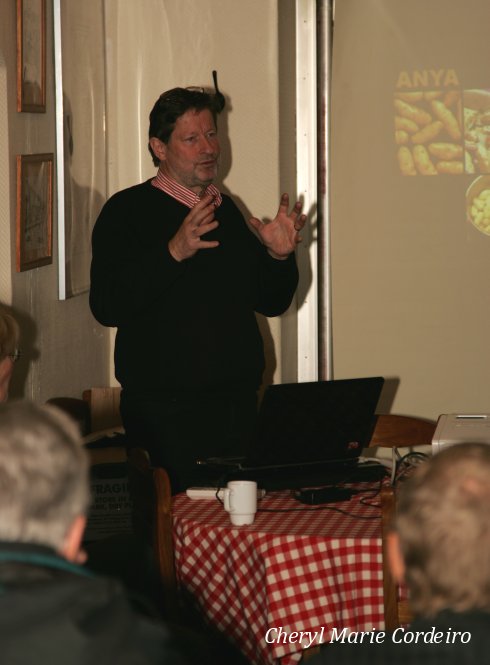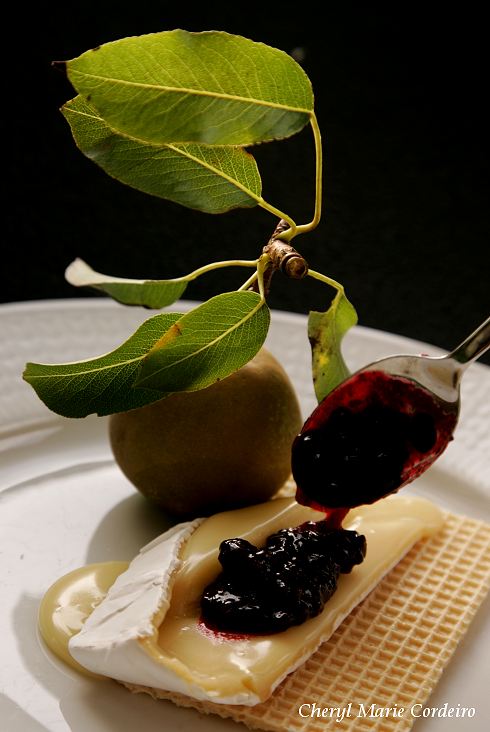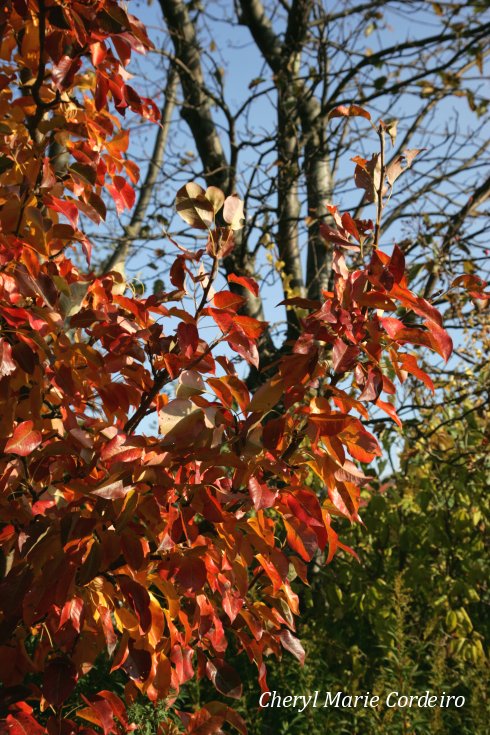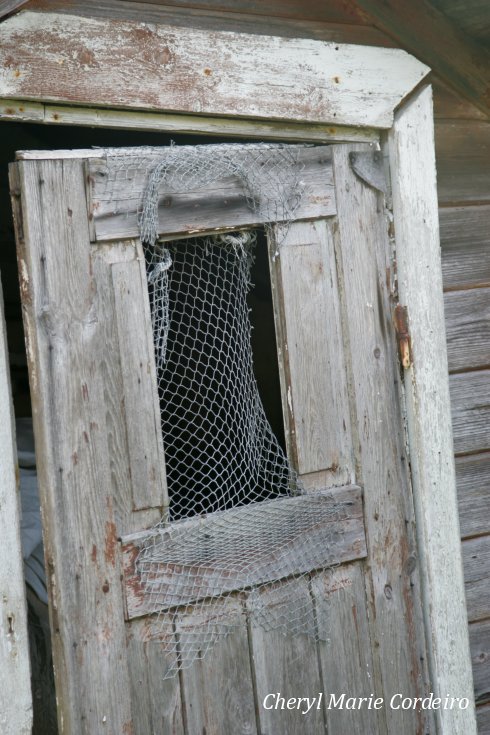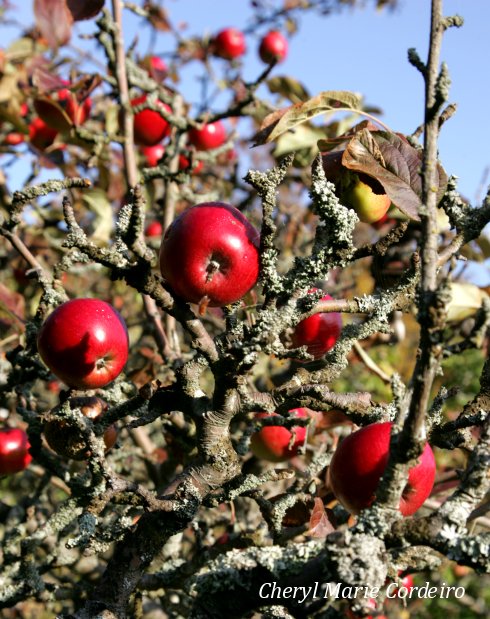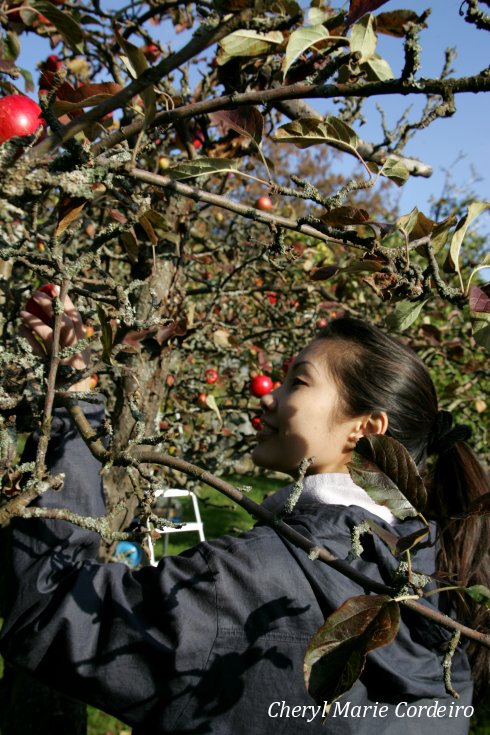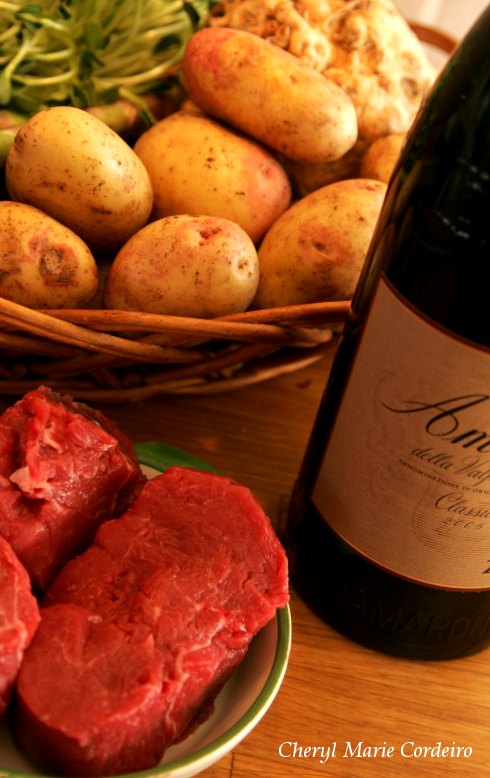
For an icy winter’s day, Filé mignon on a mirror of red wine sauce.
J E Nilsson and C M Cordeiro-Nilsson © 2010
Just back from exotic Shanghai, Hangzhou and Singapore, from a balmy 28C to a -10C outdoors here in the Nordic winter with chilly winds. No doubt, the snow covered land and the white Christmas upcoming is festive and promising, beautiful in its own way, but hardly warm.
So something to go with a deep, full, red wine sauce that warmed body and soul was what we craved. One that would stand up against a good cut of beef as an alternative to all those parsley and pepper sauces. And to that full bodied red wine sauce and a good cut of beef, I wanted a mashed root celery puree to see if the combination of flavours actually worked well when served together. I had an idea it would.
A visit to the local food store supplied the ingredients for today’s dinner that was teeming with ideas. The root celery was easy enough to boil and mash, to which I then added in some King Edward potatoes, a soft cooking kind of potatoes, utterly suitable for making mashed potatoes since that is what it becomes by its merry self if left boiling on the stove for only just a few minutes too long. A few pieces of beef of the filé mignon cut and some sunflower sprouts for a fresh green salad. A bunch of fresh green asparagus looked too tempting not find some use for them…perhaps they could go with wrapped baked bacon?
Continue reading “Filé mignon on a mirror of red wine sauce”

